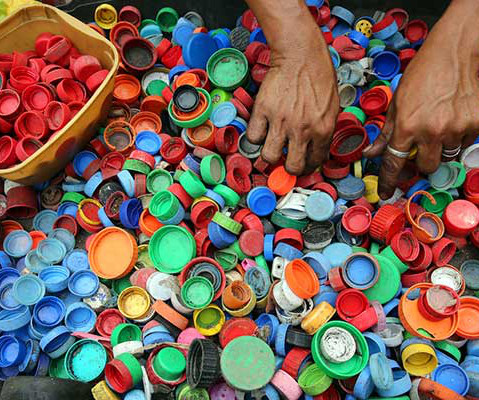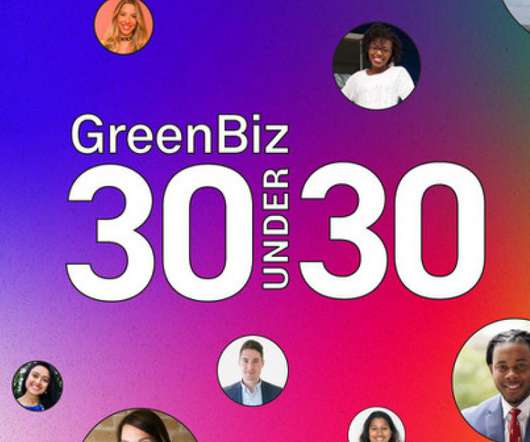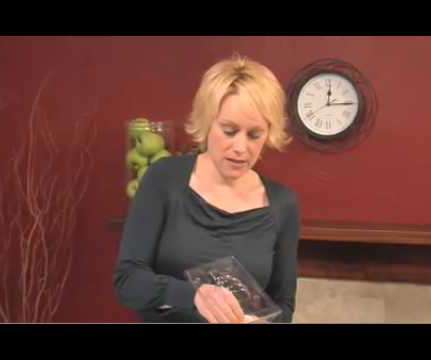Latest and Greatest Recycling Technologies
GreenTech Gazette
MARCH 1, 2023
Here are a few examples: Chemical recycling: Chemical recycling is a new technology that breaks down plastic waste into its basic building blocks, which can then be used to make new plastic products. This process is more efficient than traditional mechanical recycling, which can only process certain types of plastics.
















Let's personalize your content